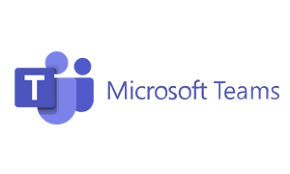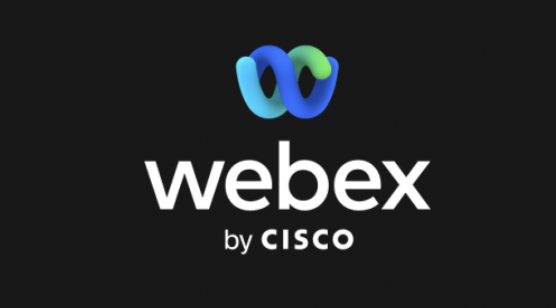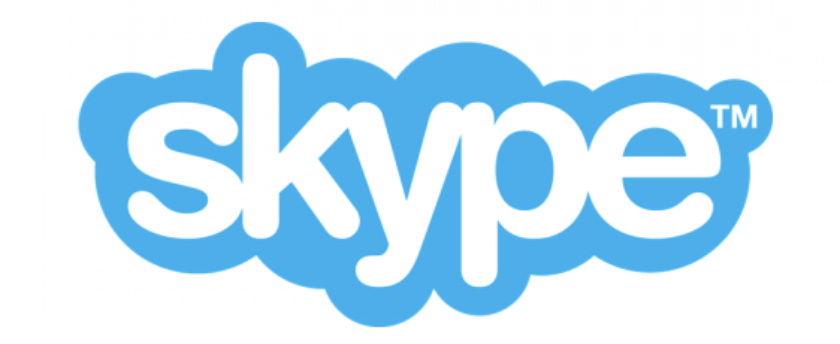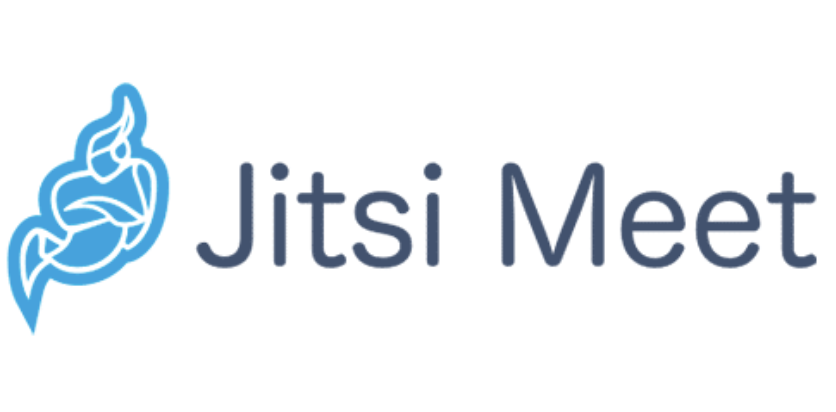
Back to hub
Blog
Software
The 7 Best Alternatives to Zoom in 2025

Mathieu Co-founder
Published on Jun 19, 2025Updated on Aug 3, 2025
In 2025, choosing the right video conferencing platform will be essential to ensuring smooth virtual interactions, whether for B2B business development, remote team collaboration, or client meetings. While Zoom remains a top choice, its 40-minute limit on free calls, past security issues, and complex pricing structure are driving many users to seek alternatives that better suit their needs. After rigorous testing and analyzing feedback from thousands of businesses, we've selected the 7 best alternatives to Zoom for 2025.
Why consider alternatives to Zoom?
Despite improvements, Zoom has the following limitations:
40-minute limit on free meetings
Resource-intensive software
Limited integrations for specialized workflows
Confusing pricing
The ideal platform should fit your team's workflow and guarantee reliability, security, and ease of use.
How we selected the best alternatives
We evaluated platforms using G2 reports and real-world scenarios (team meetings, virtual workshops, customer presentations), focusing on the following criteria:
Video and audio quality in all network conditions
Ease of use for hosts and participants
Integration with professional tools
Security and privacy features
Pricing clarity and value
Unique features
The 7 best alternatives to Zoom for 2025
1. Microsoft Teams - The collaboration hub

Best for: Microsoft 365 users who need integrated tools.
Key features:
Seamless integration with Office 365 (Outlook, shared whiteboards, notes)
AI-powered Copilot for meeting assistance (paid plans)
Chat rooms and organized team chat
Ideal for: B2B calls requiring document sharing or collaborative editing.
Pricing: Free (100 participants, 60 min); Microsoft 365 Business Basic ($6/user/month).
Downside: The interface can seem cluttered for simple video calls.
2. Google Meet - The user-friendly choice

Best for: Google Workspace users who value simplicity
Key features:
One-click meeting setup via Gmail/Calendar
Real-time English subtitles
Chrome tab sharing for presentations
Supports 250 participants (business plans, 24-hour limit)
Best for: Quick calls to prospects or small team meetings.
Pricing: Free (100 participants, 60 min); Google Workspace ($6–$18/user/month).
Downside: Participants who join late cannot view the chat history.
3. Cisco Webex - The leader for businesses

Best for: Large organizations that need maximum security.
Key features:
Superior video/audio quality
Advanced security (end-to-end encryption)
AI-powered real-time translation (over 100 languages)
Enhanced whiteboard with “magic pen”
Best for: Important client meetings or board presentations.
Pricing: Free (100 participants, 40 min); Starter ($12/license/month, annual).
Cons: Steeper learning curve for new users.
4. Discord - The community connector

Best for: Creative teams or community-focused businesses
Key features:
Exceptional audio with Krisp noise cancellation
Server-based channels for ongoing discussions
Persistent chat history
Free screen/file sharing
Best for: Creating customer communities or fostering informal collaboration within a team.
Pricing: Free (generous limits); Nitro ($9.99/month for advanced features).
Cons: Occasional outages affect reliability.
5. GoTo Meeting - The reliable option

Best for: Small and medium-sized businesses that need reliability
Key features:
Consistent performance across all devices
Simple setup with a powerful mobile app
Built-in recording and transcription
24/7 support
Best for: Consecutive customer calls or regular team check-ins.
Pricing: Starting at $12/organizer/month.
Cons: Fewer advanced features than competitors.
6. Skype - The familiar classic

Best for: Small teams or customers who prefer familiar platforms.
Key features:
Unlimited individual calls
Cross-platform compatibility
Augmented reality-enabled camera lenses
International calling options
Best for: Communicating with users who are less familiar with technology.
Pricing: Free (basic calls); paid ($3.59 to $9.59/month for calling features).
Downside: Lacks the modern features of newer platforms.
7. Jitsi Meet - The privacy champion

Best for: Teams concerned about privacy or familiar with technology
Key features
Open source and free
No account required for participants
End-to-end encryption
Customizable for developers
Best for: Custom workflows or integrated video solutions.
Pricing: Free; self-hosted for complete control.
Cons: Requires technical expertise for optimization.
Comparison
Platform | Best For | Free Plan | Paid Plans Start | Standout Feature |
|---|---|---|---|---|
Microsoft Teams | Office 365 users | 100 people, 60 min | $6/user/month | Deep Office integration |
Google Meet | Google Workspace users | 100 people, 60 min | $6/user/month | Superior live captions |
Cisco Webex | Enterprise security | 100 people, 40 min | $12/license/month | AI-powered translations |
Discord | Community building | Generous limits | $9.99/month | Persistent chat servers |
GoTo Meeting | Consistent reliability | Limited trial | $12/organizer/month | Rock-solid performance |
Skype | Universal familiarity | Unlimited 1-on-1 | $3.59/month | Global recognition |
Jitsi Meet | Privacy & customization | Unlimited | Free (self-host) | Open-source flexibility |
Choosing the right platform
Microsoft Teams: for Microsoft 365 ecosystems and workflows that require a lot of collaboration.
Google Meet: for simple, Google-integrated meetings.
Cisco Webex: for enterprise-grade security and quality.
Discord: for an active community or informal collaboration between teams.
GoTo Meeting: for reliable, no-frills conferencing.
Skype: for simple, familiar video calls.
Jitsi Meet: for privacy or customized solutions.
Pro tips for video conferencing
Before meetings:
Test audio/video in advance
Close unnecessary applications
Prepare screen sharing
Have a backup plan (e.g., a phone number)
During meetings:
Mute yourself when you're not speaking
Use a headset
Position the camera at eye level
Make sure the lighting is good
For B2B teams: use a professional setup (consistent background, reliable audio) to improve the impression you make on customers.
Integration into professional workflows
Choose platforms that:
Sync with CRMs for scheduling
Save recordings in project tools
Automate follow-up emails
Track attendance for lead scoring
The future of video conferencing
In 2025, expect to see:
AI-powered features (translations, summaries, noise removal)
Virtual reality for immersive meetings
Mobile solutions and enhanced security.
Conclusion
The best alternative to Zoom depends on your team's needs, size, and technical setup. Try out the free trials to find the one that works best for you. A good platform improves connections, streamlines workflows, and supports your business goals. Share your experiences: which platforms work best for you and why?
FAQ

The best free alternative? Google Meet (100 participants, 60 min) or Jitsi Meet (unlimited).
The best video quality? Cisco Webex, but it depends on your connection.
Browser-based options? Google Meet, Jitsi Meet, and Teams work in browsers.
The most secure? Webex and Teams lead the way with enterprise-grade encryption.
The best for international teams? Webex for translations; Google Meet for subtitles.
The best mobile experience? GoTo Meeting, Skype, and Discord excel in this area.
The best integrations? Teams for Microsoft 365; Google Meet for Workspace.

Clear, transparent prices without hidden fees
No commitment, prices to help you increase your prospecting.
Credits(optional)
You don't need credits if you just want to send emails or do actions on LinkedIn
May use it for :
Find Emails
AI Action
Phone Finder
Verify Emails
€19per month
1,000
5,000
10,000
50,000
100,000
1,000 Emails found
1,000 AI Actions
20 Number
4,000 Verify
€19per month
Discover other articles that might interest you !
See all articlesSoftware
Published on Nov 25, 2025
5 Accounting Software Tools That'll Actually Make You Love Tax Season
 Niels Co-founder
Niels Co-founderRead more
Software
Published on Apr 7, 2025
7 LEAD411 Alternatives to Revolutionize Your B2B Prospecting
 Niels Co-founder
Niels Co-founderRead more
Software
Published on Nov 3, 2025
5 Analytics Tools Software That Actually Deserve Your Attention in 2025
 Niels Co-founder
Niels Co-founderRead more
Tips and training
Published on Dec 5, 2022
Few things to avoid in your campaigns
 Niels Co-founder
Niels Co-founderRead more
Software
Published on Mar 8, 2025
7 Kaspr Alternatives to Turbocharge Your B2B Prospecting Without Draining Your Wallet
 Niels Co-founder
Niels Co-founderRead more
Blog
Published on Feb 25, 2025
4 Must-Know Sales Prospecting Tools to Supercharge Your Pipeline
 Marie Head Of Sales
Marie Head Of SalesRead more
Made with ❤ for Growth Marketers by Growth Marketers
Copyright © 2026 Emelia All Rights Reserved
